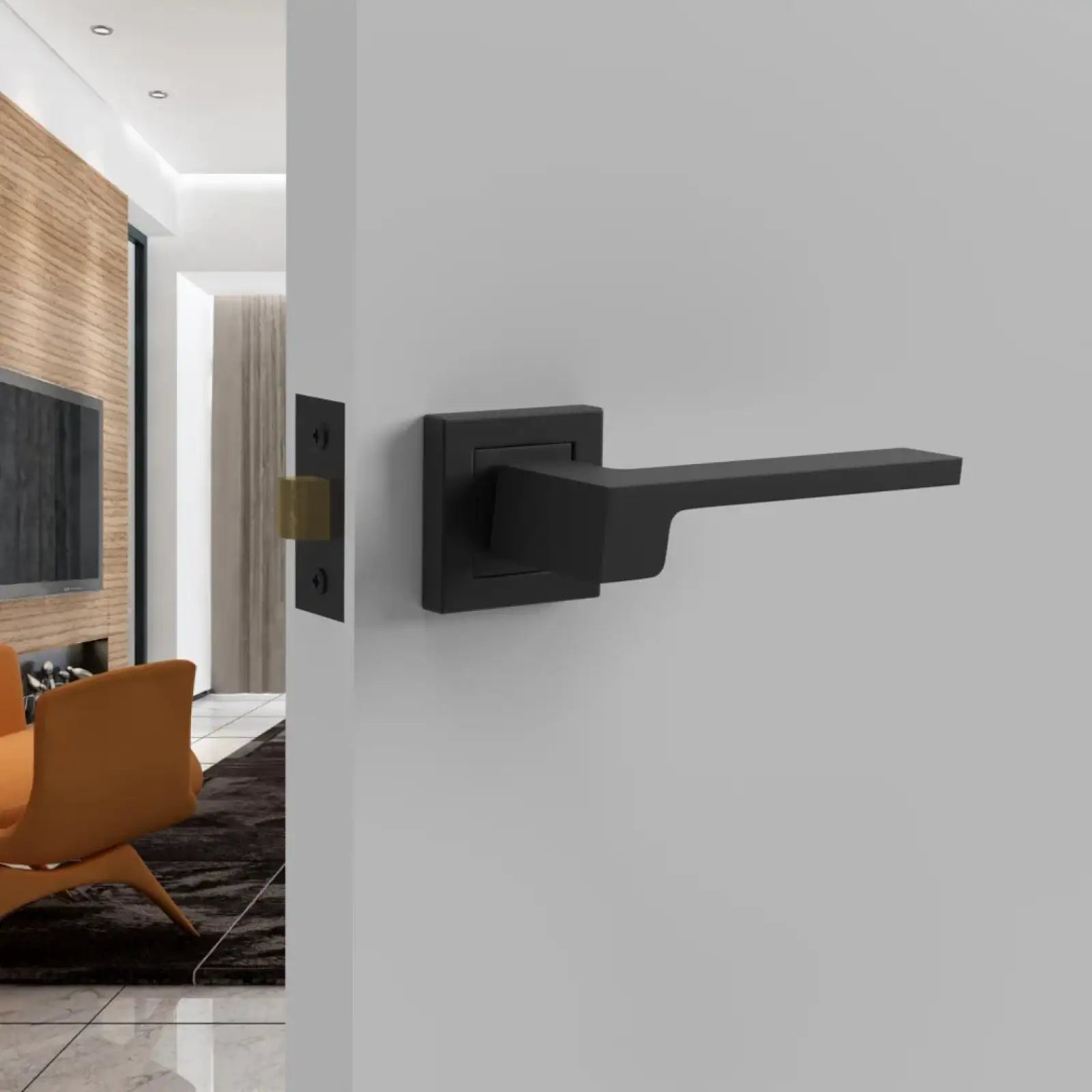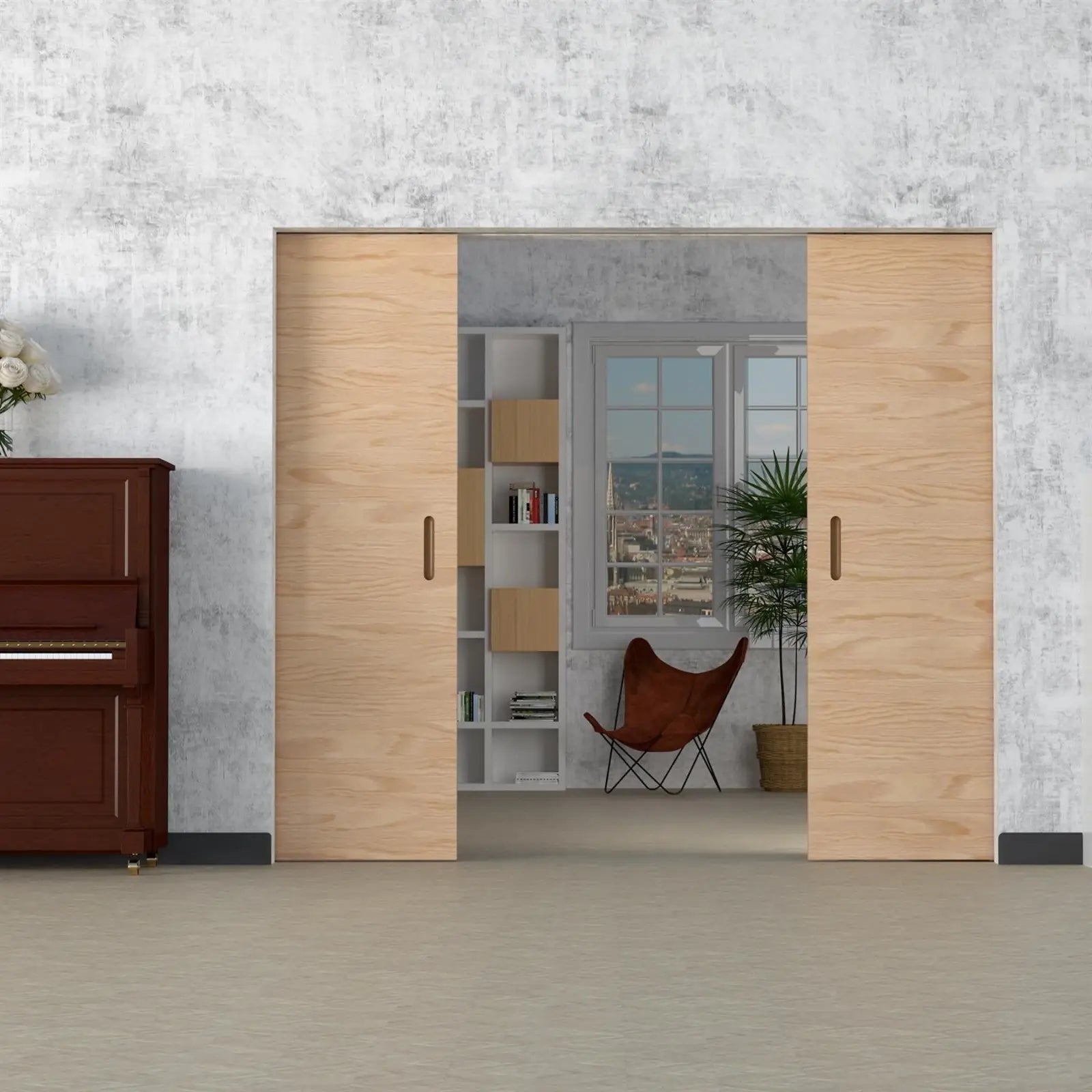Ultimate Guide to Drawer Runners: Types, Installation, and Tips
Drawer runners are the key to smooth, effortless drawer movement, making them an essential part of any well-designed space. From traditional to soft-close and push-to-open options, the right drawer runners can enhance functionality and durability. In this guide, we’ll explore the different types, how to choose the best fit for your project, and how to install a drawer runner.
What Are Drawer Runners and Why Are They Important?
Drawer runners are essential components that enable drawers to slide in and out smoothly. They support the drawer's movement, providing both stability and functionality. High-quality runners enhance user experience and contribute to the durability of furniture.
Types of Drawer Runners: Which One Is Right for Your Project?
At Decor and Decor, we offer a range of perfect solutions for your space. Here, we explore the types of drawer runners you can choose ahead of your renovation of kitchens, bathrooms, and many other spaces. Let’s take a look.
Ball Bearing Drawer Runners
Ball-bearing runners use small steel balls to facilitate a smooth and quiet gliding motion. These are ideal for heavy-duty applications and are commonly found in office furniture, tool chests, and kitchen drawers. They offer excellent durability and a high load-bearing capacity.
Roller Drawer Runners
Roller drawer runners feature nylon or plastic rollers that glide along a metal track. These are best suited for light to medium-duty applications such as bedroom furniture and cabinetry. They provide a cost-effective and reliable solution for everyday use.
Undermount Drawer Runners
Undermount drawer runners are installed beneath the drawer, making them a great choice for those who prefer a sleek, modern look. They provide smooth and silent operation while offering full-extension capabilities. These runners are often used in high-end kitchen and bathroom cabinetry.
How To Install a Drawer Runner: A Step-by-Step Guide
Installing drawer runners is easy and should take no more than 40 minutes. At Decor and Decor, all our self-assembly kits come with installation guides. Although you can find many videos on YouTube to supplement these instructions, here are the basics.
Preparing Your Drawer and Cabinet
Before installation, ensure that your drawer and cabinet are properly aligned and measured. Clean the surfaces and check for obstructions that may interfere with the runner placement. Accurate measurements are crucial for smooth drawer operation.
Attaching the Drawer Runner to the Cabinet
Mark the positions for the drawer runners on the cabinet walls, ensuring they are level and aligned. Secure the runners using screws, following the manufacturer's instructions. Double-check the alignment to prevent future issues.
Securing the Drawer to the Runners
Slide the drawer onto the installed runners, ensuring it fits securely. Test the drawer's movement to confirm it’s smooth operation. Make any necessary adjustments to align the drawer and the drawer handle properly.
Tips for Maintaining and Troubleshooting Drawer Runners
Drawers are used every day, and they can become damaged over time. Regular maintenance and care are necessary to keep your drawer runners in top condition. However, these are the main tips:
- Cleaning: Regularly clean the runners and remove any dust or debris hindering smooth operation.
- Lubrication: Apply a lubricant designed for drawer runners to ensure smooth gliding motion. Avoid using oil-based lubricants, as they can attract dust and dirt.
- Inspection: Periodically inspect the runners for any signs of damage or wear. Replace any damaged or worn-out runners promptly to prevent further issues.
How To Keep Your Drawer Runners Running Smoothly
- Regularly clean the runners and remove any dust or debris hindering smooth operation.
- Apply a lubricant designed for drawer runners to ensure a smooth gliding motion. Avoid using oil-based lubricants, as they can attract dust and dirt.
- Periodically inspect the runners for any signs of damage or wear. Replace any damaged or worn-out runners promptly to prevent further issues.
Common Drawer Runner Issues and How to Fix Them
- Misaligned runners can cause drawers to stick or wobble. To fix this, realign the runners and tighten any loose screws.
- For damaged rollers or ball bearings, consider replacing the runners entirely.
- If a drawer doesn’t close properly, check for obstructions and ensure the runners are level.
How To Choose the Right Drawer Runners for Different Drawers
Before purchasing drawer runners, it's crucial to ensure compatibility with your cabinets and drawers. Measure the dimensions of your cabinet and drawer to determine the appropriate size of the runners. Finally, consider the runners' weight capacity to ensure they can handle the load of your drawer's contents.
Best Types of Drawer Runners for Heavy-Duty Drawers
Ball-bearing runners are the best choice for heavy-duty applications. They offer superior load-bearing capacity and smooth movement. Ensure that the selected runners match the weight requirements of your drawers.
Choosing Runners for Shallow or Small Drawers
Lightweight roller runners are ideal for shallow or small drawers. They provide sufficient support without adding unnecessary bulk. Look for compact designs that fit easily into smaller furniture pieces.
What To Consider Before Installing Drawer Runners
Proper preparation ensures a smooth and hassle-free installation of drawer runners. Key considerations include accurately measuring your drawer and cabinet space, understanding the load capacity requirements, and evaluating material durability. Making informed decisions before installation helps ensure lasting performance and functionality.
Measuring Your Drawer and Cabinet Space
Accurate measurements are crucial for a successful installation. Measure the length, width, and depth of both the drawer and cabinet space. This ensures compatibility and prevents operational issues in the future.
Understanding the Load Capacity of Your Drawer Runners
Different types of drawer runners have varying load capacities. Consider the drawer's intended use and select runners that can handle the weight of items you’ll be placing onto them. Overloading runners can lead to premature wear and malfunction even if the drawer handle and other elements are fitted securely.
FAQs
How long do drawer runners typically last?
The lifespan of drawer runners depends on factors like material quality and usage. High-quality runners can last 10 to 15 years or more with proper maintenance. Regular cleaning and avoiding overloading help extend their durability.
Can I use any type of drawer runner for kitchen drawers?
Not all drawer runners are suitable for kitchen use. Undermount and ball-bearing runners are popular due to their durability and smooth operation. Look for moisture-resistant options to withstand the kitchen environment.
What tools do I need to install drawer runners?
To install any type of drawer runners, you'll need a measuring tape, pencil, level, screwdriver, and screws. A power drill can make the process faster and more efficient. Ensure you follow the manufacturer's instructions for accurate installation.




